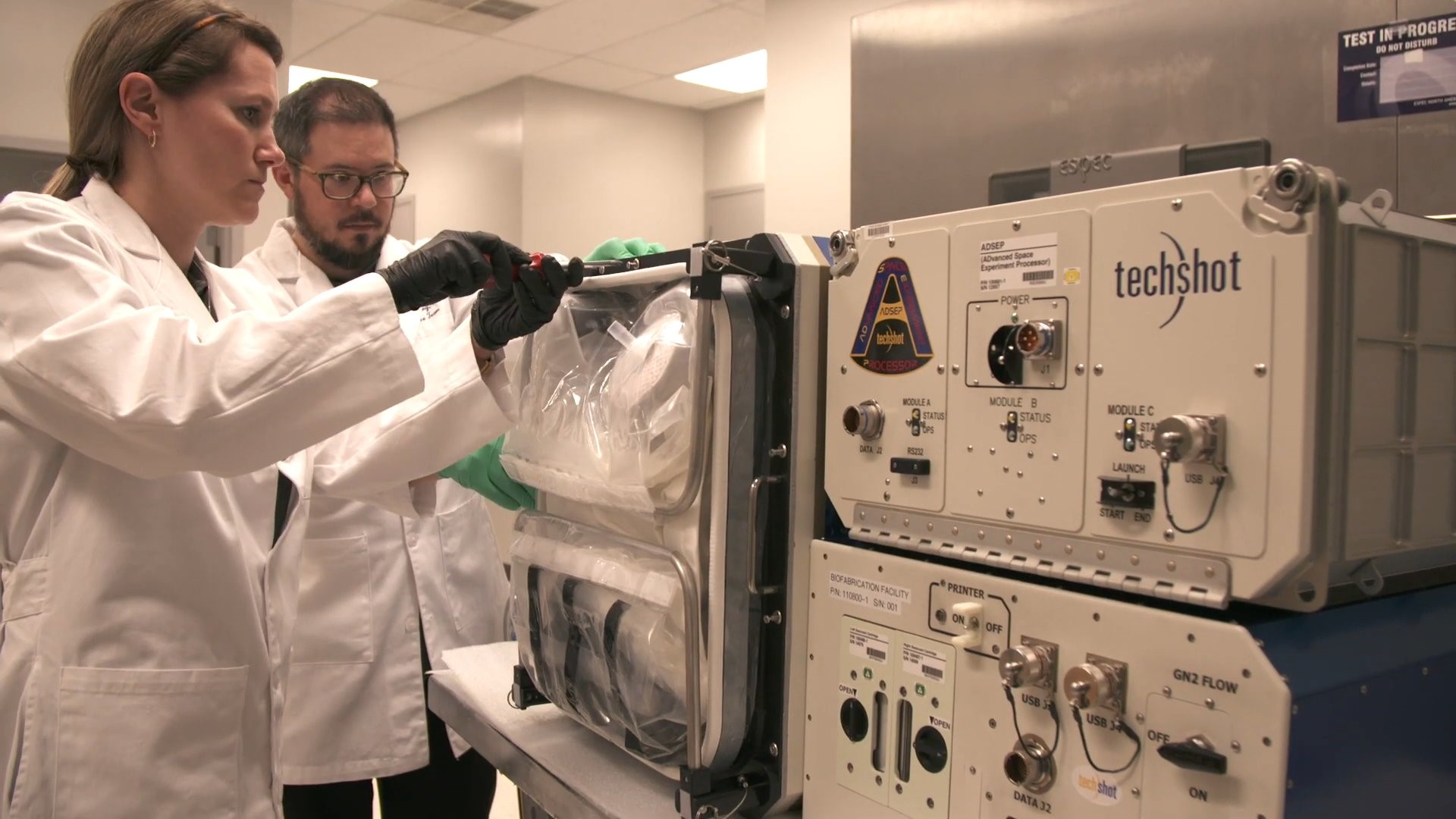The 3D Biofabrication Facility bioprinter manufactured by the American companies nScrypt and Techshot is scheduled to launch to the International Space Station (ISS) next month. The equipment will be used to develop and implement a technique of 3D printing heart tissues and in the long run, even organs for transplantation.

Although it will take at least ten more years of research to start printing hearts and other complex organs, the first steps toward this goal are being taken right now. The first phase of the program is expected to last about two years. The experiments will consist of creating test prints with cardiac-like tissues and gradually increasing thickness. The next phase will involve printing implantable heart patches and conducting lab research, which may include implanting the tissues into experimental animals on Earth. This phase will go on approximately until the end of 2024. In the long run, the team is hoping to reach the high enough technological level to print fully functional hearts, suited for implantation. That would solve the problem of the lack of donor organs.
Why print organs in space? The key lies in gravity or rather its absence. Although many research teams experiment with 3D printing of tissues, the specificity of the material sets harsh limitations when it comes to complexity and physical dimension. Simply put, the printed tissues collapse under their own weight, since the printing is done with soft and easily flowing hydrogel materials. That is why the idea of printing in zero gravity was born. After printing, the structures would be placed into a cell-culture incubator until they strengthen. The solid structures would be brought back to Earth for further research.
The success of this project can lead to a series of big medical breakthroughs. There are more than 100,000 people waiting for organ transplants in the U.S. alone. 4,000 of them are waiting for a new heart. For many patients a heart patch implant would be enough. Heart patches can repair the heart after an attack and help with congenital heart diseases. At the same time, implantation of the 3D printed organs would only involve a minimal risk of rejection, provided that the cell mass is grown with the patient’s own stem cells and pluripotent cells.
The launch was repeatedly postponed, which is why Techshot and nScrypt lost the lead to a Russian company 3D Bioprinting Solutions. This happened despite the crash of the Soyuz-FG carrier, which led to the loss of the “OrganAut”, the first magnetic 3D-bioprinter prototype. However, the exact date is finally set. It has been announced that the equipment will be launched aboard the SpaceX CRS-18 cargo mission. The launch date is targeted for July 8, 2019.





